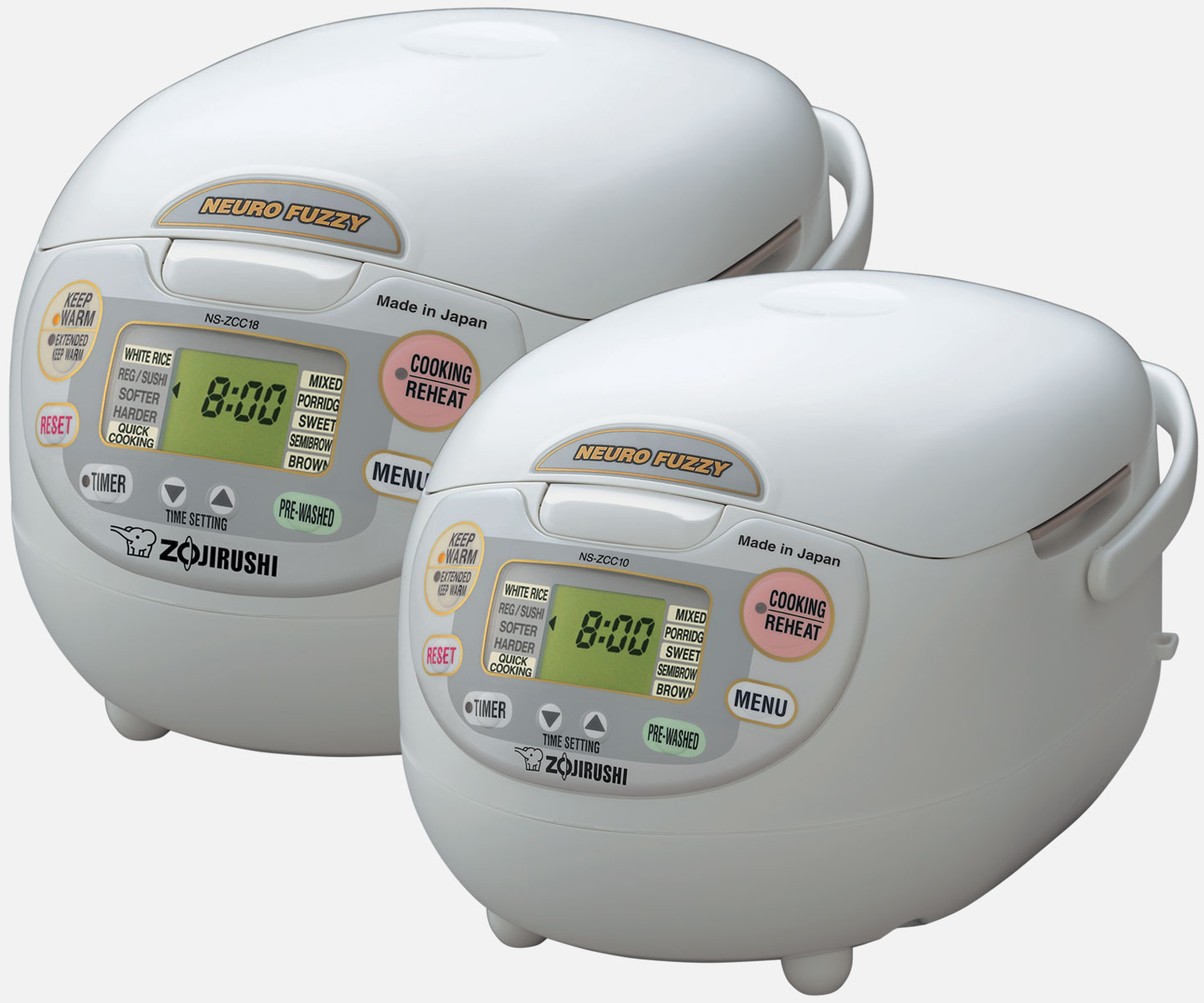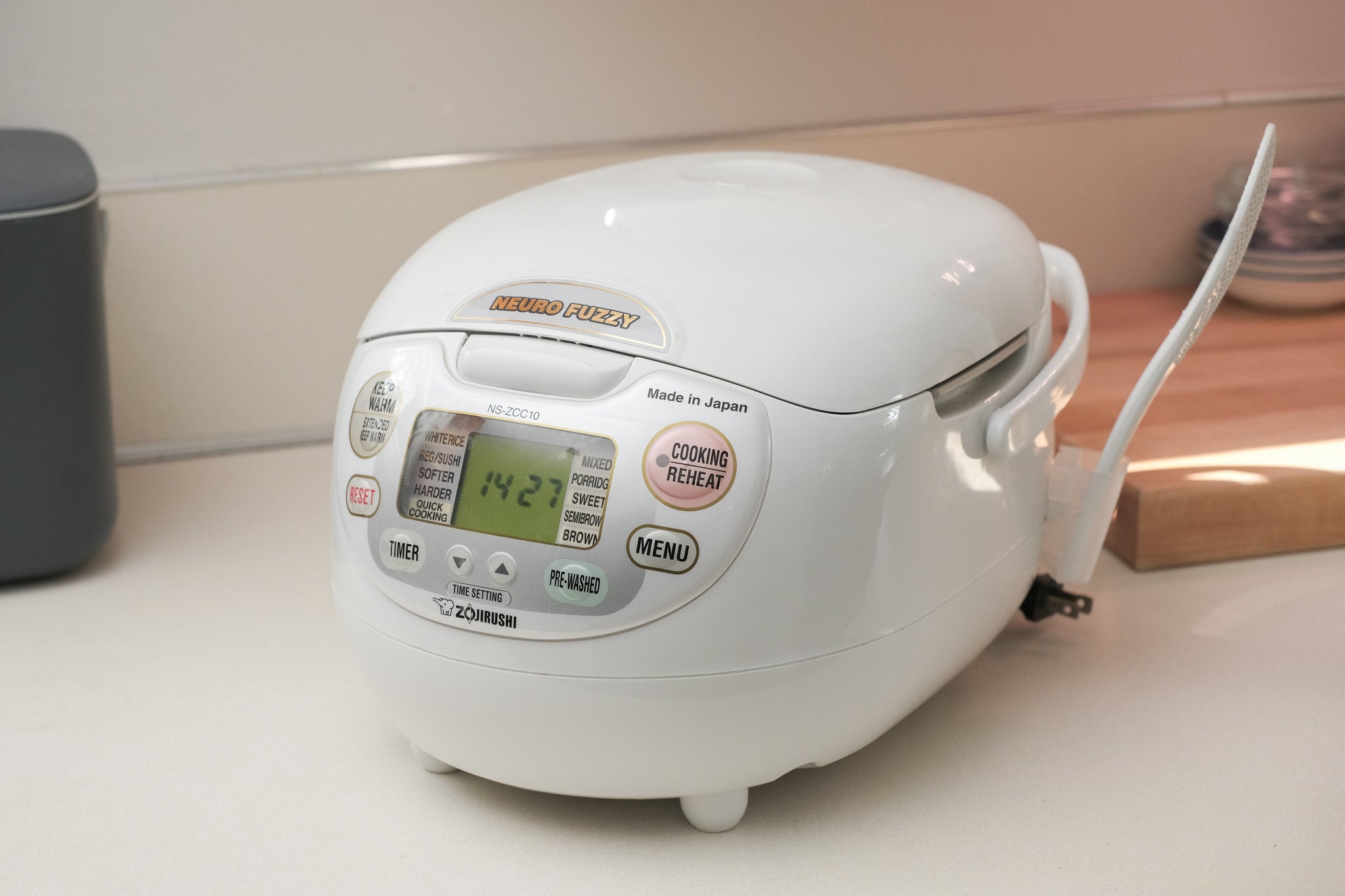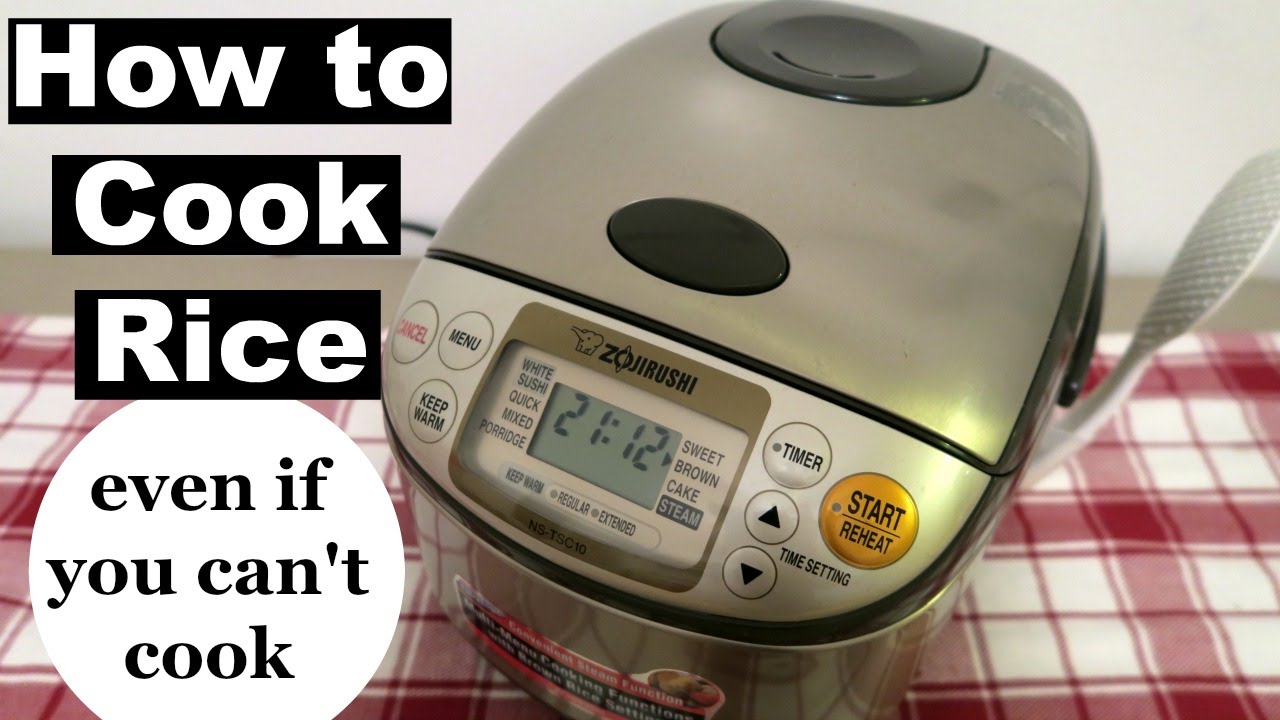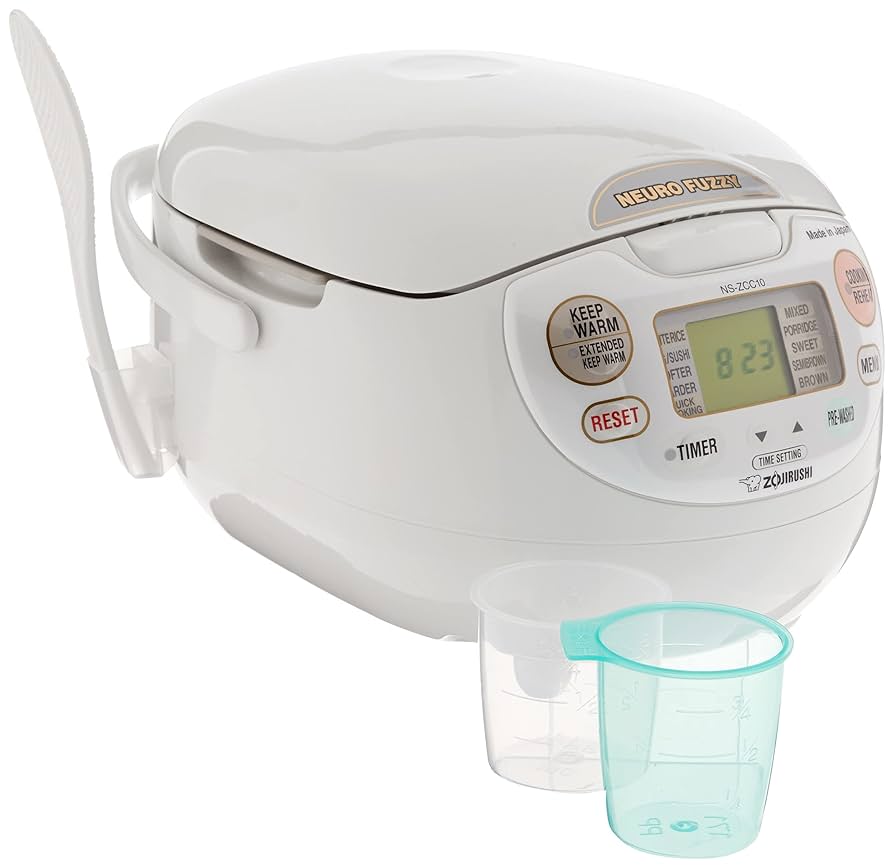Cooking rice sounds simple, right? But anyone who’s ever struggled with mushy or burnt rice knows it’s not always that easy. That’s where the Neuro Fuzzy Rice Cooker comes in—a real game changer in the kitchen. If you’ve just got one or are thinking about it, this guide will help you get the hang of using it without feeling overwhelmed. Trust me, once you get the hang of it, you’ll wonder how you ever lived without it.
So, what makes this rice cooker so special? Well, it’s got this fancy thing called Neuro Fuzzy logic. Basically, it’s a smart little brain inside the cooker that senses how the rice is cooking—like how much moisture is left and the temperature—and tweaks the cooking time and heat as it goes. It’s kind of like having a chef right inside your kitchen appliance, making sure your rice comes out perfect every time. No more guessing or checking every few minutes.
Before you start, make sure you have the basics ready: the measuring cup that comes with the cooker (don’t just grab any cup, it’s calibrated to the cooker’s water markings), your rice of choice, cold water, and the rice spatula for fluffing the rice when it’s done. Using the right measuring cup is super important because the water levels inside the pot are marked specifically for that cup size. Otherwise, your rice might end up too dry or too soggy.

Now, here’s the basic rundown on how to use your Neuro Fuzzy Rice Cooker:
First, figure out if your rice needs rinsing. Some rice is pre-washed, but if it isn’t, give it a good rinse under cold water until the water runs clear. This helps get rid of extra starch that can make your rice sticky in a bad way.
Next, measure the rice with the provided cup. Level it off so you’re not accidentally adding too much. Pour it into the inner pot.
If you didn’t rinse earlier, now’s the time to do it—either in the pot or a bowl. Drain the water well.
Then, add water up to the line that matches the number of cups of rice you’re cooking. The pot has different lines for white rice, brown rice, sushi rice, and so on, so be sure to pick the right one. For example, if you’re cooking cups of white rice, fill water to the "3" line marked for white rice. It sounds simple, but this little detail makes a huge difference.
Put the inner pot back into the cooker, making sure the outside is dry and clean. Close the lid snugly.
Now, press the "Menu" button to scroll through the options—white, sushi, mixed, porridge, brown rice, etc. Pick the one that fits your rice type. This is where the magic starts because the cooker will adjust itself based on what you choose.
Hit the “Cook” button and the cooker will start. It’ll show you how long it thinks it will take, but don’t worry if it changes—that’s the Neuro Fuzzy logic doing its thing.
Once it’s done, the cooker will beep and switch to “Keep Warm.” Open the lid and fluff the rice with the spatula. Fluffing is important because it separates the grains and makes the rice light and fluffy instead of clumpy.
After you’re done eating, don’t forget to clean the inner pot. Let it cool first, then wash it gently with a soft sponge and dry it well before putting it back.

If you want to get a bit fancy, here’s a quick cheat sheet for water-to-rice ratios and settings:
Keep in mind, the water level lines on the pot are your best friend here. They’re calibrated perfectly for the cup size and rice type, so trust those over any general rules.
Some models even have extra features like a pre-wash function to rinse rice automatically, or a timer so you can set it to have rice ready exactly when you want it. The “Keep Warm” function is a lifesaver too—it keeps your rice warm and fresh for hours without drying it out.
Of course, sometimes things don’t go perfectly. If your rice turns out mushy, it’s probably because there was too much water or it cooked too long. Try cutting back on the water a little next time. If it’s hard or dry, add a bit more water or use the softer rice setting. And if rice sticks to the pot, make sure you clean the pot well and don’t overcook.
Here are some quick fixes for common problems:
People often ask:
Can I cook other grains like quinoa or oatmeal?
Yes! Just use the porridge or mixed rice settings and adjust water amounts accordingly.

How do I clean the inner lid and steam vent?
The inner lid usually pops off for easy cleaning. Wash it with warm soapy water and dry it well. Don’t forget to check the steam vent regularly so it doesn’t get clogged.
How much rice can it cook?
For example, the Zojirushi NS-ZCC model can handle up to 5. cups of uncooked rice, which is perfect for most families.
Is rinsing rice really necessary?
If your rice isn’t pre-washed, rinsing removes excess starch and helps keep the rice grains separate and fluffy.
Can I make rice softer or firmer?
Absolutely. Use the menu options to adjust softness or hardness. The cooker will tweak cooking time and temperature accordingly.
Why do I love this rice cooker? Because it takes all the stress out of cooking rice. No more standing by the stove, poking and guessing. It’s like having a little kitchen assistant that knows exactly what to do. Plus, it’s versatile enough to handle different rice types and even porridge or mixed grains. The keep-warm function is a godsend for busy days when dinner isn’t ready right on time.
Sure, it’s a bit of an investment, but if you eat rice regularly, it’s totally worth it. And the non-stick inner pot means cleanup is a breeze, which is a huge plus in my book.

So, if you want to enjoy perfectly cooked rice without the hassle, follow these instructions, trust the water lines, and let the Neuro Fuzzy logic do its magic. You’ll be surprised how easy and satisfying it is to get restaurant-quality rice at home.
If you want to dive deeper, check out your model’s manual or the manufacturer’s website. They usually have handy tips and troubleshooting advice that can save you time.
Happy cooking!



